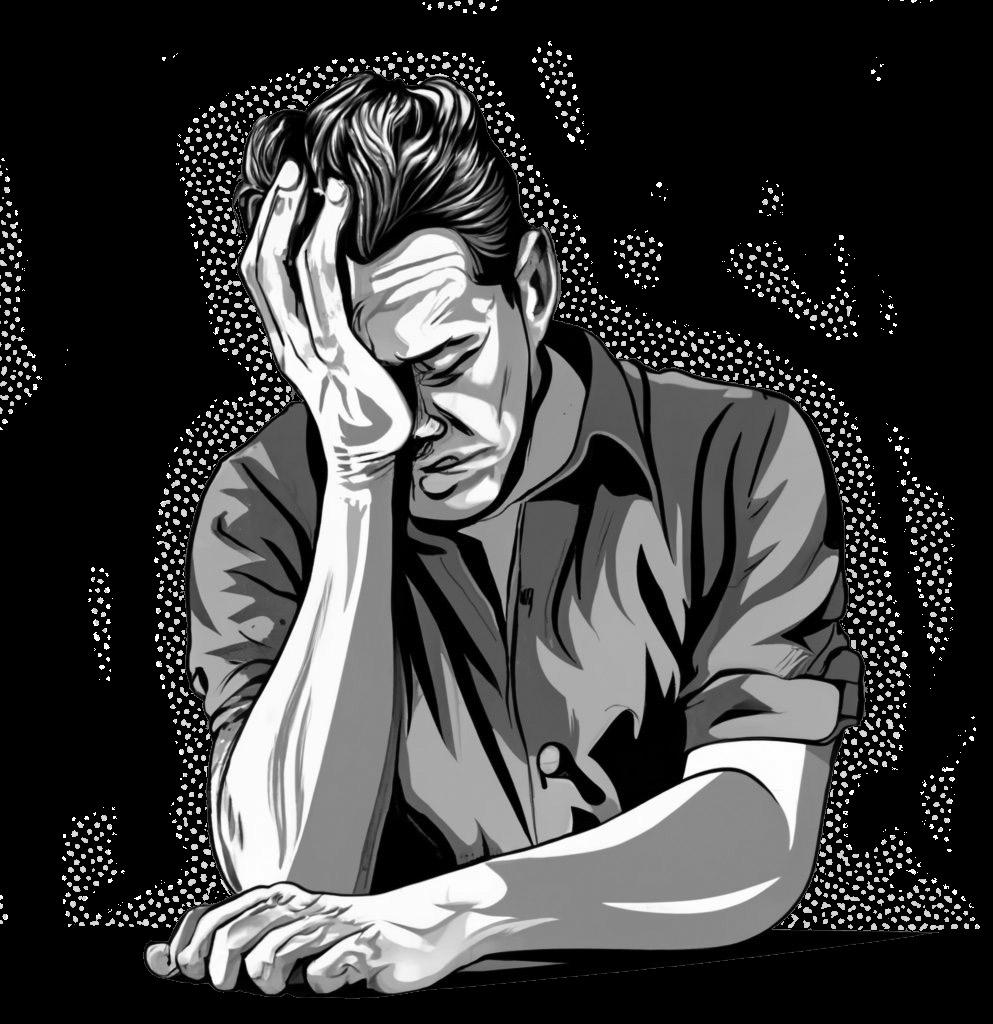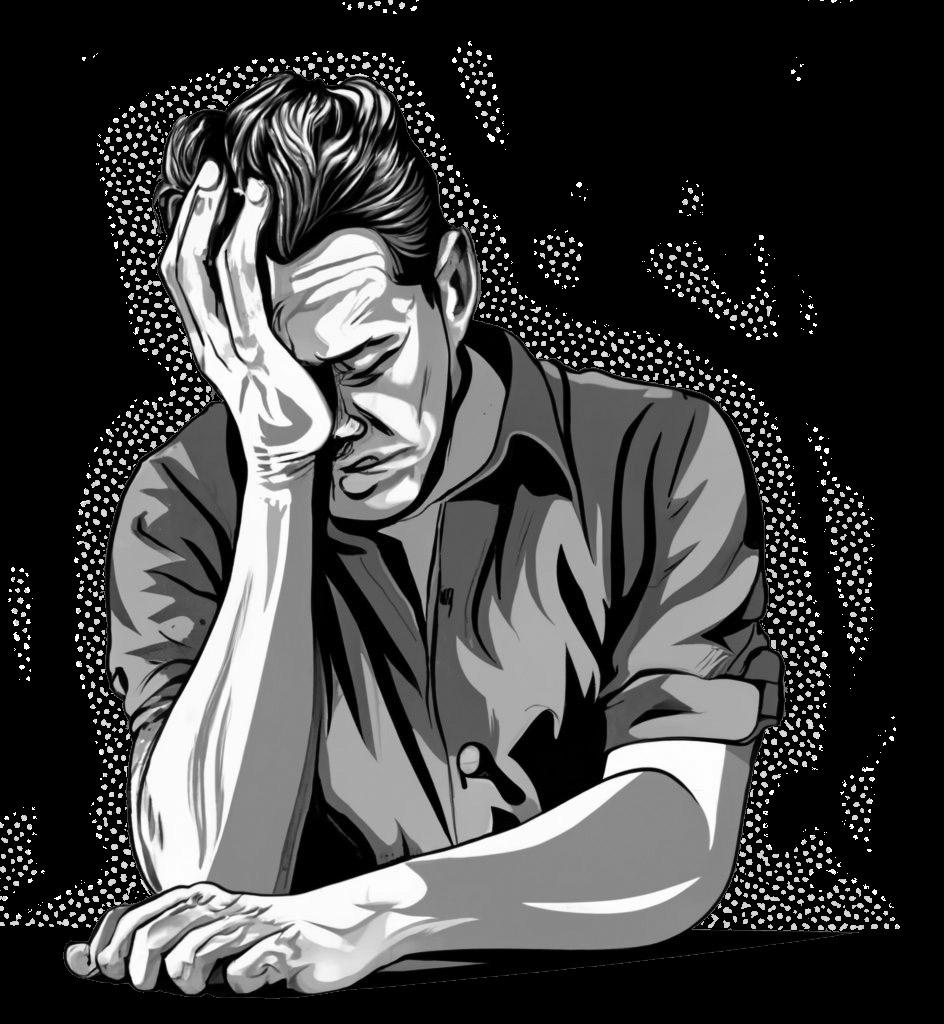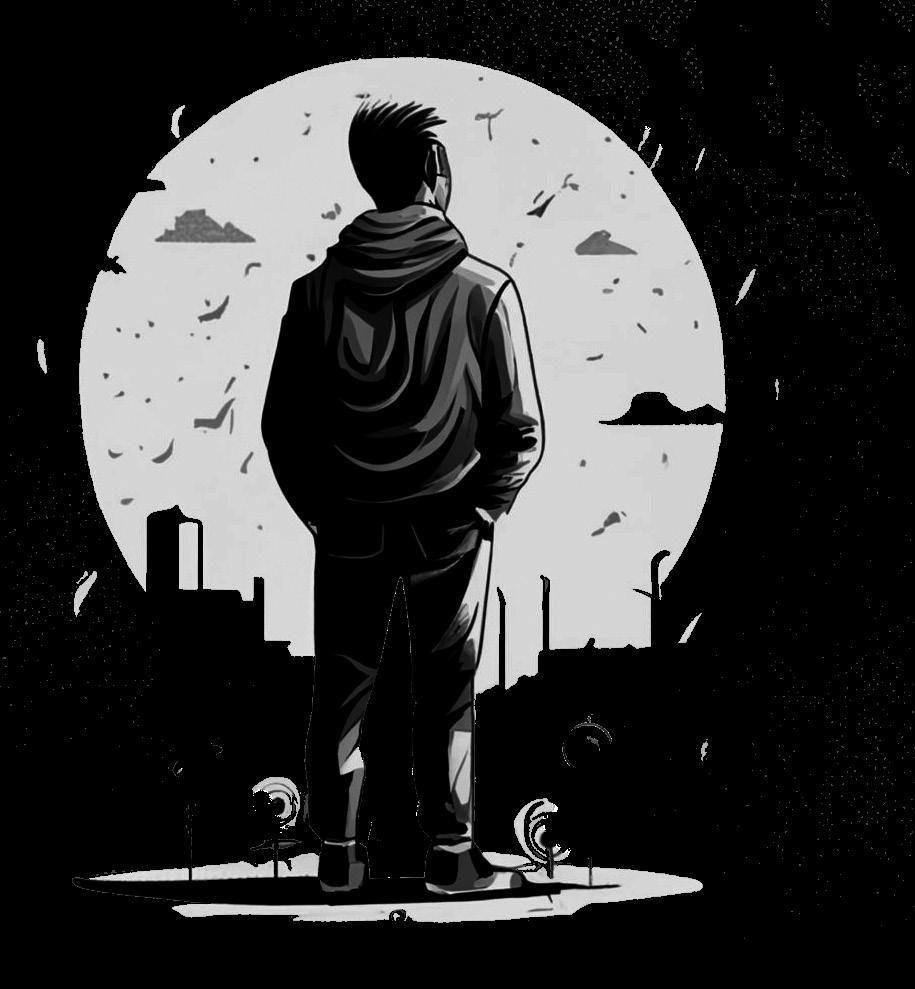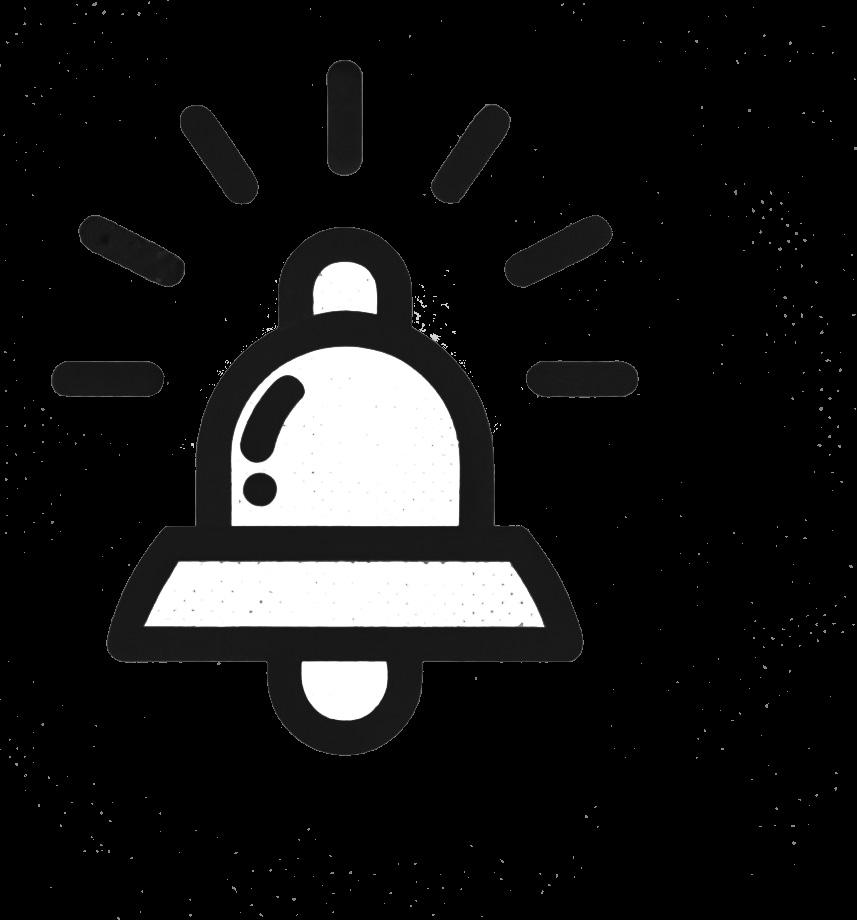

PSYCHOLOGICAL PAIN AND SUICIDE RISK.

What is psychological pain and how can it help us understand suicide?
PAIN: OUR INTERNAL ALARM SYSTEM.

Pain acts like an internal alarm, alerting us when we’re in danger - like when we get too close to a flame.
Feeling pain can help to keep us safe by signalling to us that something is wrong.

Scientists have discovered that our pain systems may also react when we face social challenges like feeling excluded or rejected.
When we sense a threat to our social connections, our body’s alarm system may activate, causing us to feel psychological pain.

Why might social challenges be painful?
Humans are a deeply social species - we need other people to survive.

In our evolutionary past, our survival probably depended on our ability to successfully belong to a group and access things like food, care, and support.

Scientists think that social safety was so important to us that our pain systems may have become activated in social situations, too.


RECAP
Pain is like an internal alarm that can help to tell us when we are in danger.



Pain is activated by physical harms such as fire but it may also be activated by social harms like when we fall out with loved ones or are excluded.
WHAT IS PSYCHOLOGICAL PAIN?

DIFFERENT TYPES OF PSYCHOLOGICAL PAIN
sychological pain is an umbrella term for different unpleasant emotions p
Grief
Guilt
Fear
Anger
Regret
Jealousy
Shame
Emptiness

Loneliness

Embarrassment
Despair
Humiliation
Longing
Distress
What these feelings have in common is that unlike feelings that feel good - such as joy and excitement - psychologically painful feelings are often unpleasant.
We may want to find a way to avoid, escape or transform them.

Two types of psychological pain:
Scientists describe two types of psychological pain:
1. Painful thoughts about ourselves
2. Painful thoughts about our relationships with other people
1. Painful thoughts about ourselves
Psychological pain related to ourselves means
the distressing thoughts and feelings we may experience about who we are - our identity, worth, and abilities.


Many different events - such as losing a job, financial debt, addiction, bullying, and abuse - can lead us to experience painful thoughts about ourselves.

For example:
"I am worthless"
"I am a failure"
"I am not good enough"
2. Painful thoughts about relationships
Psychological
pain related
to our relationships with others refers to the stress and turmoil from our connections with other people.











Conflict with loved ones, or past bullying may mean we struggle to feel safe with others. We may feel excluded and isolated - like we don’t belong. These experiences could lead us to develop painful thoughts about our relationships.

For example:
“I don’t matter to people”
“I can’t trust anyone”
“I don’t make people happy”
Suicide and psychological pain.
Different psychologists have proposed different ways of explaining suicide. They emphasize different psychological events and experiences as important.





lonely trapped failure hopeless burden
What most theories have in common is the idea
of
psychological pain
,
and that people who die by suicide are in so much pain, they cannot bear to be alive.


“the author of suicide is pain”
Edwin Shneidman, Clinical Psychologist and Suicidologist, Further Reflections on Suicide and Psychache, 1998.
Psychological pain and suicide risk
There are three important dimensions of psychological pain that can help us understand suicide risk : 1. EXPOSURE

Imagine every person has a tank of psychological pain that they carry inside.


PSYCHOLOGICAL PAIN TANK

EXPOSURE

Imagine an ‘exposure’ pipe at the top that carries pain into your tank and a ‘regulation’ pipe at the bottom that carries pain out. PSYCHOLOGICAL
Picture a black line near the top of your tank that marks the ‘threshold’ for how much pain you can tolerate before it becomes too much.
RISK
1. Exposure to psychological pain.
How much psychological pain has someone been exposed to?
We all experience psychological pain. Each of us carries a unique tank of pain, filled with experiences from our lives. This pain influences how we think and feel about ourselves, our lives, our relationships, and how we connect with others.

2. Regulating psychological pain.
What tools does a person have to regulate their psychological pain?
Pain regulation refers to how we manage and cope with distressing emotions, thoughts, and situations.
Effective pain regulation helps us navigate tough times, process our feelings, and protect our well-being, keeping the pain in our tank at a manageable level.
There are many ways to regulate pain.
Good therapy can help us understand our emotions, and learn coping strategies. Life changes, like switching jobs to escape bullying or leaving an abusive relationship, can reduce our exposure to pain. Other techniques, like watching football, playing video games, or talking to a friend can sometimes bring temporary comfort.

Pain regulation strategies can sometimes be unhealthy or dangerous.
For example, some people may use drugs, binge eat, or gamble, to try and numb their pain.
These behaviours may help people temporarily escape their pain but can cause even more problems over the long term.


poor regulation
increased pain
Put simply - how we regulate our pain can impact whether our pain gets bigger or smaller.

good regulation
reduced pain
3. Threshold of unbearable pain
When does the pain inside become too much to bear?
When people are overwhelmed by pain, it can become difficult to function in daily life. It can drain our energy, colour our thoughts with negativity, and strain our relationships.

If pain keeps building and we cannot find relief, we may reach a breaking point - a threshold - where we feel we cannot endure the pain any longer.
We may feel hopeless and trapped.
We might start to think that suicide is the only way to end and escape our pain.

In these moments, having a safety plan can be crucial.
A safety plan involves identifying warning signs, personal coping strategies, and trusted contacts for support when we hit our pain threshold.
A safety plan can’t take all our stresses away, but it can help keep us safe in moments of crisis.

When we think about suicide risk, it can help to consider the three dimensions of psychological pain - exposure, regulation, and threshold - in interaction.
EXPOSURE
THRESHOLD

REGULATION
FOR EXAMPLE:
Some people may be exposed to immense psychological pain through traumatic events.
If they have tools to regulate that pain effectively, for example, good emotional communication, and strong, loving support networks, their pain levels may remain manageable. They may never reach the threshold where the pain becomes unbearable.
On the other hand, if someone is exposed to a lot of pain and they don’t have good ways to cope with it – maybe they drink and gamble when they are stressed - they may be at higher risk of reaching a breaking point where the pain becomes too much, and they start thinking about suicide.


In trying to understand male suicide, it can help to think about the following questions:
1. What psychological pain has a man been exposed to?
2. What tools do they have to regulate this pain?
3. What are the signs to indicate their threshold for how much pain they can cope with is in danger of being breached?
While personal coping strategies are crucial in managing psychological distress...

... we must also confront the social conditions that make life painful and expose people to chronic stress and suffering.
Factors like job instability, economic inequality, abuse, stigma, and exploitation create environments that expose people to emotional distress.
To truly reduce suicide, we need more than just individual coping mechanisms - we need social change that prioritises well-being and addresses the root causes of distress across society - including recognising the many ways in which men can be harmed by life.

PSYCHOLOGICAL PAIN AND SUICIDE RISK.
1. Everyone is exposed to different life experiences that may pour pain into their tank.

2. By managing and regulating our pain we can move pain out of our tank to stop it from getting too full.

PSYCHOLOGICAL PAIN TANK THRESHOLD
3. If we are exposed to a lot of pain and can’t regulate it well, the pain in our tank may keep building and reach the threshold of how much pain we can endure.
PSYCHOLOGICAL PAIN AND SUICIDE RISK.

What do you think?
• Do these ideas resonate?
• In what areas of life are you being exposed to pain?
• What tools do you use to regulate your pain? Are they helping to make your pain bigger or smaller?
• What are your personal signs that you are reaching your threshold?
The creation of this guide was supported by generous funding from MANUP?
At MANUP? we recognise the growing trend of men starting to open up about their mental health challenges.
We aim to take this a step further by cultivating a culture of attentive and empathetic listening. We strive to equip individuals, be they partners, family members, or friends, with the understanding and tools necessary to support the men in their lives effectively.
Our focus lies in enlightening society about the importance of speaking up about mental health issues and ensuring an informed, compassionate audience ready to listen and respond.
MANUP?
is leading the charge in transforming how mental health is discussed and addressed within communities, promoting a more supportive and proactive approach to male mental wellbeing.

